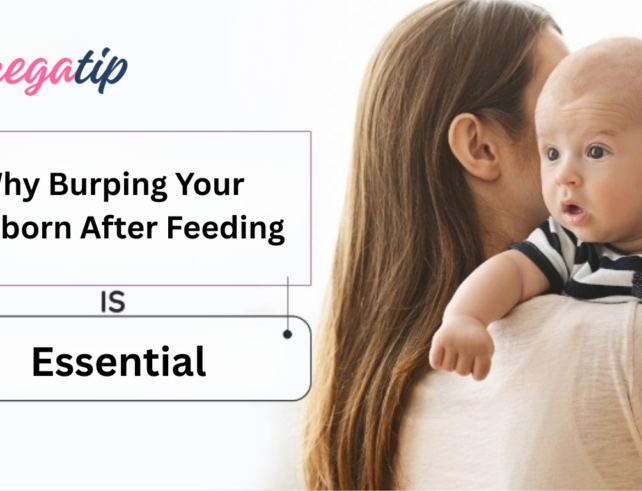Cord Prolapse: Understanding The Critical Obstetric Emergency


Cord prolapse is a rare yet potentially life-threatening obstetric emergency that demands immediate attention. This article provides:
- A comprehensive overview of cord prolapse,
- Exploring its causes,
- Risk factors,
- Symptoms, and
- The urgent measures required for a safe delivery.
Childbirth is a remarkable and often joyful experience, but it can also bring unexpected complications. One such rare but critical obstetric emergency is cord prolapse, a situation where the umbilical cord slips through the cervix ahead of the baby during labor. This rare occurrence can severely threaten the baby’s oxygen supply, and immediate action is required. Understanding the causes, risk factors, and appropriate responses to this condition is essential for expectant mothers and doctors. In this guide, we will navigate cord prolapse during childbirth. We will explore its origins, complications, and the techniques used to address this life-threatening situation. The priority will be ensuring the safety of both the mother and the baby.
1. Defining Cord Prolapse
a. Understanding the Anatomy
Cord prolapse occurs when the umbilical cord slips through the cervix ahead of the baby, leading to compression and compromising blood and oxygen flow. This complication poses a severe threat to both the fetus and the birthing process.
b. Incidence and Rarity
While cord prolapse is infrequent, occurring in approximately 0.2% of pregnancies, its rarity does not diminish its severity. Recognizing the signs and acting quickly is crucial for a positive outcome.
2. Causes and Risk Factors
a. Factors Contributing to Cord Prolapse
Cord prolapse can result from various factors, such as an abnormal fetal position, excess amniotic fluid, or a premature rupture of membranes. Understanding these contributors is essential for proactive risk assessment.
b. Identifying High-Risk Pregnancies
Certain pregnancies carry a higher risk of this condition, including multiple pregnancies, breech presentations, or cases where the baby’s head hasn’t engaged in the pelvis. Identifying these risk factors during prenatal care allows for heightened vigilance.
3. Recognizing the Signs and Symptoms
a. Vaginal Examination Findings
During a vaginal examination, doctors may palpate the umbilical cord alongside or protruding past the baby’s presenting part. This tangible sign is a critical indicator of cord prolapse, prompting immediate action.
b. Fetal Heart Rate Changes
A sudden and severe deceleration in the fetal heart rate is a red flag for cord prolapse. Continuous monitoring during labor is essential, enabling swift detection of abnormalities and timely intervention.
4. Immediate Management and Emergency Protocols
a. Positioning the Mother
The immediate response to cord prolapse involves positioning the mother to reduce pressure on the cord. Elevating the mother’s hips and attempting to lift the presenting part off the cord can help restore blood and oxygen flow to the baby.
b. Emergency Cesarean Section
In cases of this condition, an emergency cesarean section is often the safest and quickest way to deliver the baby. Time is of the essence, and doctors must act quickly to minimize the risk of complications.
Also read: Unraveling The Mysteries Of Placental Abruption
5. Preventive Measures and Antenatal Care
a. Early Recognition in Prenatal Care
Early identification of risk factors during antenatal care allows doctors to develop a proactive management plan. This may involve careful monitoring during labor, especially for pregnancies with known risk factors.
b. Educating Expectant Mothers
Empowering expectant mothers with knowledge about this condition, its signs and symptoms enhances their ability to recognize potential issues. Education can contribute to early reporting, enabling timely intervention and reducing the risk of adverse outcomes.
6. Postnatal Considerations and Follow-Up
a. Monitoring Newborns for Complications
After a cord prolapse delivery, thorough monitoring of the newborn is crucial. Immediate attention to signs of distress or complications is essential for ensuring the infant’s well-being.
b. Emotional Support for Parents
Experiencing a cord prolapse can be traumatic for parents. Offering emotional support and counseling in the postnatal period is crucial. It addresses any concerns and assists individuals in navigating the emotional aftermath of this obstetric emergency.
Cord prolapse, though rare, demands a comprehensive understanding for quick recognition and intervention. Awareness of risk factors, early identification of symptoms, and adherence to emergency protocols can significantly improve outcomes. Including preventive measures in antenatal care and ensuring robust postnatal support creates a holistic approach to managing this critical obstetric emergency. By spreading knowledge and building a collaborative approach, the impact of this condition can be minimized, contributing to healthier outcomes for both mother and baby.



